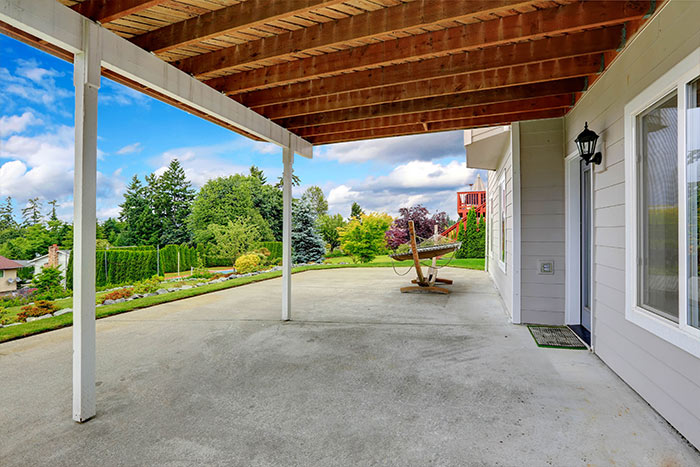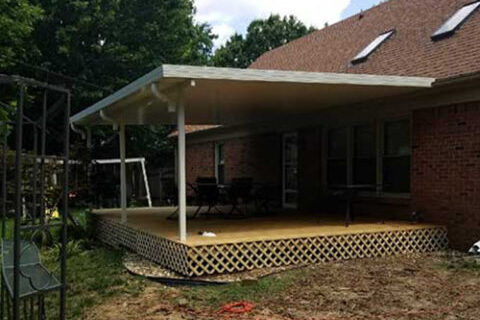Patio Cover Materials: Which One Is Right for You?
When it comes to patio covers, there are a lot of factors to consider. The most important factor is choosing the right material for the job. There are a lot of different materials on the market, so how do you know which one is right for you? In this blog post, we’ll go over six of the most popular patio cover materials and the pros and cons of each. By the end, you should have a good idea of which material is right for your patio cover project.

Things to Know
When choosing patio cover materials, it’s important to consider your individual needs. What style and look are you aiming for? Do you want something classic and traditional, or something with a bit more of a modern flair? You should also carefully assess the location of your patio, as some patio cover materials may be better suited than others depending on the climate and sunlight exposure. On top of that, ensure that your patio cover materials fit within your budget – there is a wide range of patio cover materials available for any price range! Lastly, consider the size of your outdoor space. Larger patio covers may require investing in sturdier or more durable patio cover materials. With these factors in mind, you can feel confident in picking patio cover materials that best match your tastes and needs.
Concrete
Concrete is a popular choice for patio covers because it is durable and low maintenance. However, concrete can be expensive, and it can crack in cold weather.
Brick
Brick is another popular choice for patio covers because it is also durable and low maintenance. However, like concrete, brick can be expensive. In addition, brick can be difficult to repair if it cracks or chips.
Flagstone
Flagstone is a natural stone that is often used for patios and patio covers. Flagstone is beautiful and unique, but it can be expensive. In addition, flagstone can be difficult to install if you don’t have experience working with stone.
Pavers
Pavers are small pieces of stone or concrete that are used to create patterns in patios and walkways. Pavers are less expensive than flagstone, but they can be difficult to install if you don’t have experience working with them.
Tile
Tile is another popular choice for patios and patio covers because it is durable and low maintenance. However, tile can be slippery when wet, and it can crack if not installed properly.
Cut Stone
Cut stone is like flagstone, but it is cut into uniform shapes and sizes. Cut stone is less expensive than flagstone, but it can be difficult to find in some areas.
Mixed Materials
Mixed materials are any combination of two or more of the above materials. Mixed materials are often used to create unique looks or to mix durability with beauty.
Loose Materials
Loose materials are any material that cannot be categorized as one of the above types of material. Loose materials include gravel, sand, mulch, etc. Loose materials are often used as a drainage layer beneath pavers or as a decorative top layer on concrete patios.
Let Maclin Security Doors Help You Choose the Perfect Materials for Your Patio Cover
There are a lot of different patio cover materials on the market, so how do you know which one is right for you? Reach out to the pros at Maclin Security Doors in Memphis, TN for help with your decisions. Our experienced team has what it takes to make sure you are happy with your selection!

